Certification process of products
Product certifications provide assurance that products have been designed with safety and reliability in mind, while also meeting certain industry standards. It is mandatory for many products, from medical devices to toys, to receive this type of certification before they can be sold on the market. At ManGo Product Design we always develop products according the latest safety standards and ensure they can be certified for safe use. So, let’s take a look at what a certification mark is and how to certify a product.
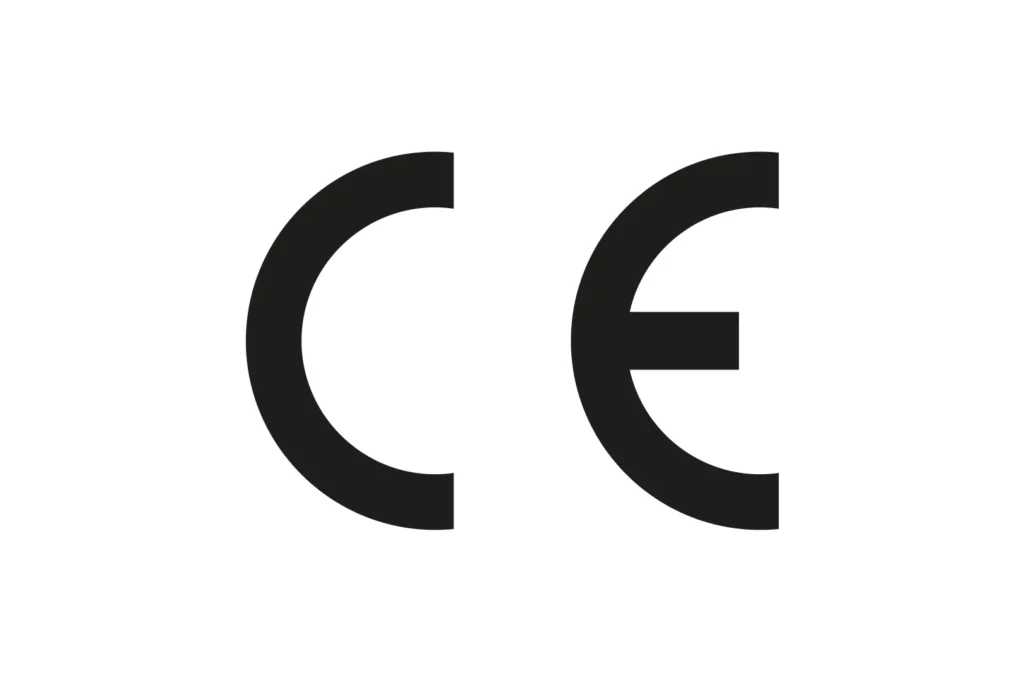
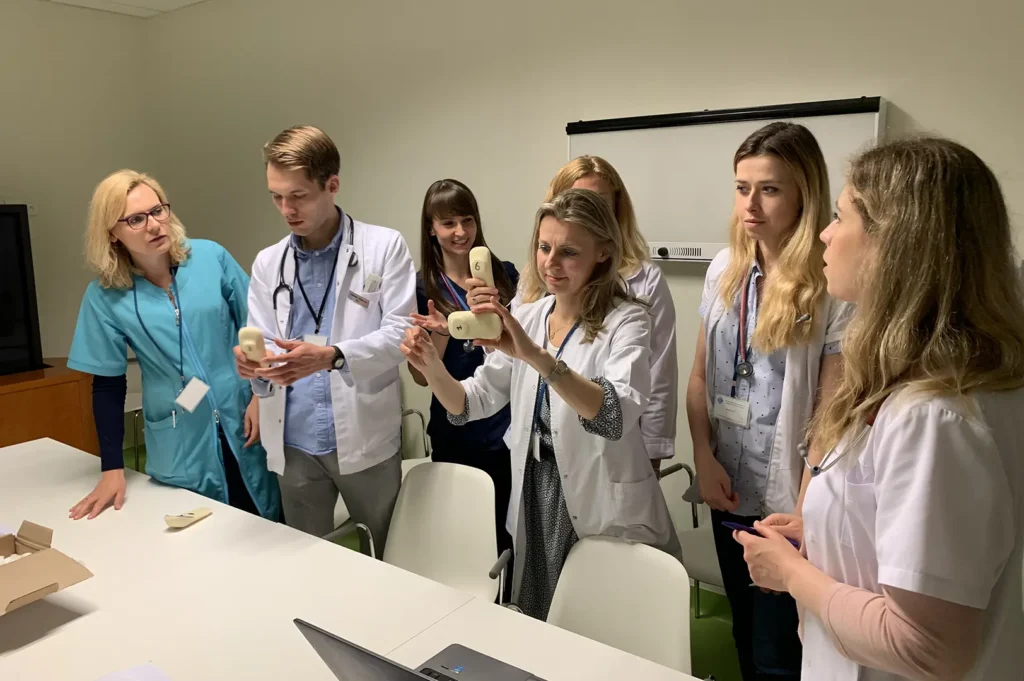
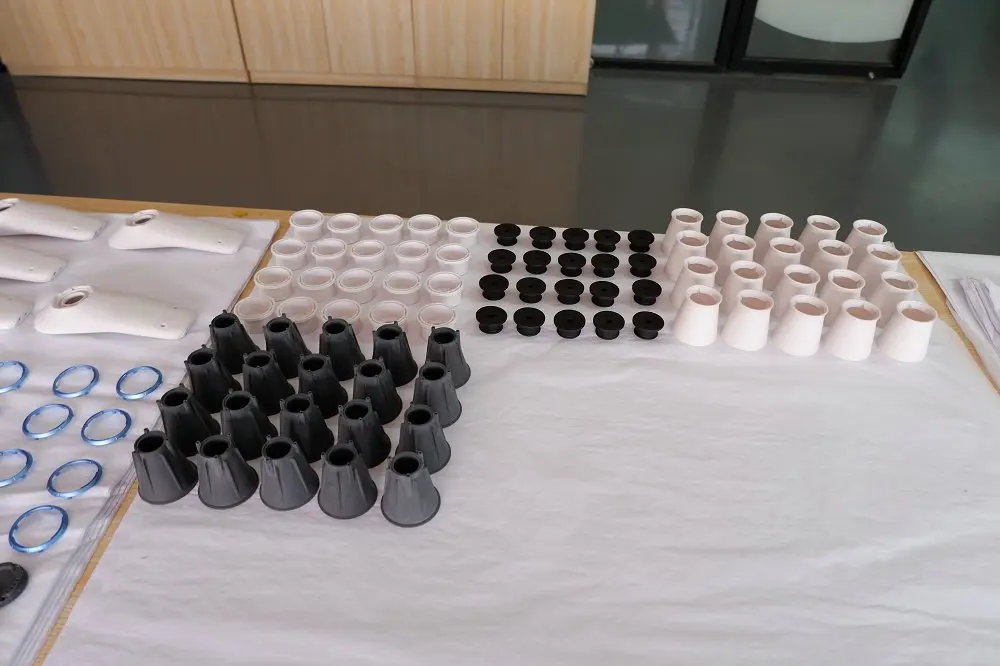
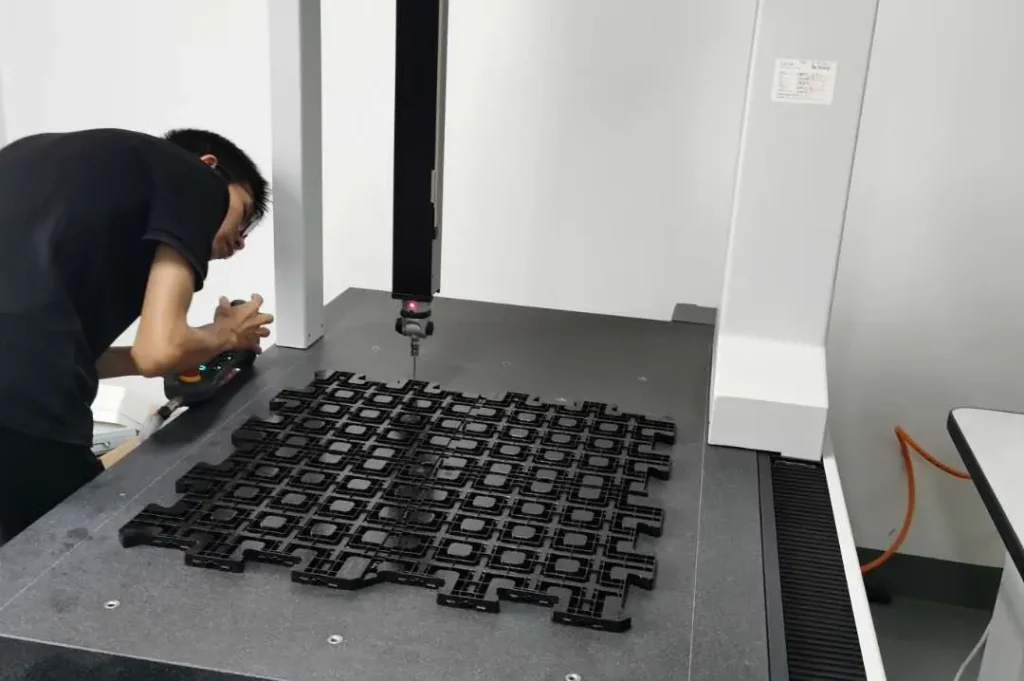
What is a certification mark
Product certifications are often indicated by a “mark” or logo placed on the product, packaging and manual. The most common mark is the CE compliance, which stands for Conformité Européenne (European Conformity). CE marking is required for any product that is sold within the European Economic Area (EEA) and indicates that the product meets specific requirements established by European Union (EU) regulations. Most other regions of the world will also accept products with a CE-marking. Do take into account that certain countries have their own standards and procedures as well to comply with.
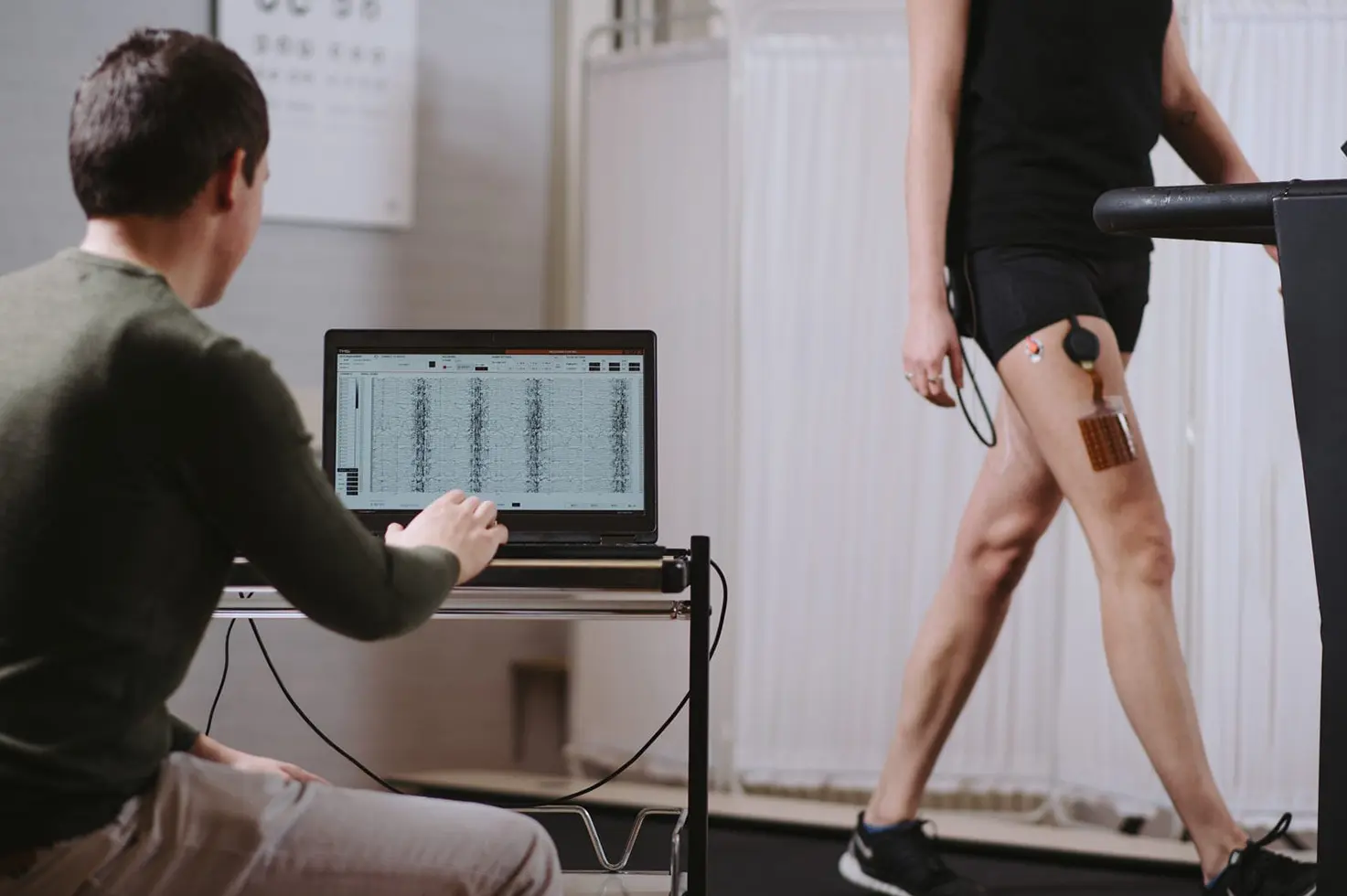
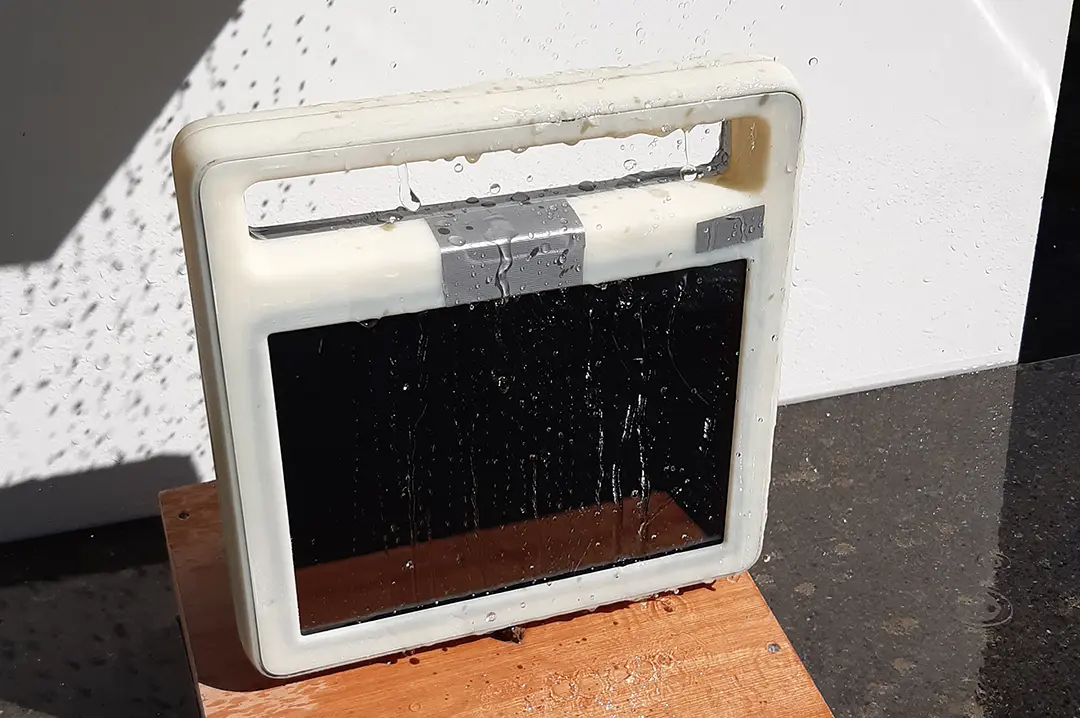
Regulatory norms
For most types of products there are specific regulatory standards (ISO, NEN, ASTM, MDR, etc) which describe in detail what needs to be taken into account to create a product that it is deemed safe. Many of the “rules” and tests described in such documents have been agreed upon by expert committees and are reviewed and updated at regular intervals. In the design process ManGo ensures that your product ticks all required boxes to pass these tests. The requirements in regulatory standards describe all kinds of aspects from electric shock prevention to avoiding pinch points and from safety button details to topple tests.
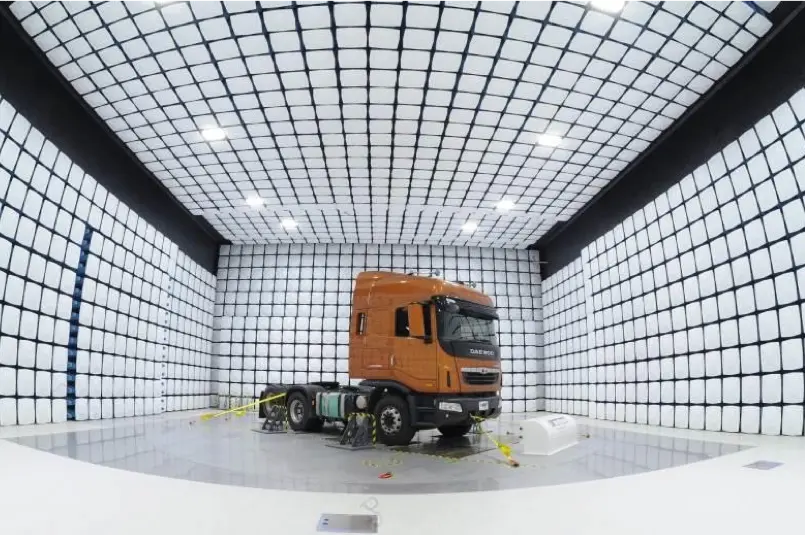
FDA approval
In addition to CE compliance, many products must also undergo FDA (Food and Drug Administration) approval before they can be sold in the United States. The FDA regulates medical devices as well as food, drugs, dietary supplements and cosmetics. Manufacturers must provide evidence that their products comply with all applicable US regulations before they can be sold in the US market.
UL certification
This safety mark for product certification is mainly used in the United States and followed by Canada and most of Latin-America. UL marking focuses on a few other safety areas than CE-marking (mainly fire hazard). So, if a product also needs to be sold in the USA, and especially in the case of higher voltage electronics it needs to be obtained. Components used in UL-certified products are often more expensive as they need to pass additional safety tests. That is why a lot of products not intended for the USA do not use UL listed components to ensure lower manufacturing costs.
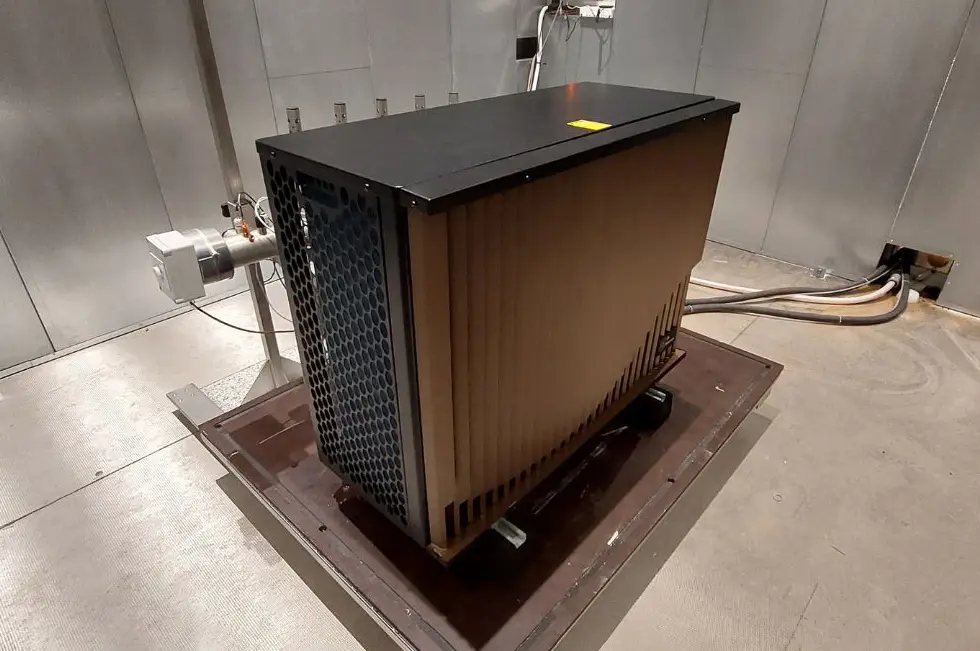
Product certification process
To ensure compliance with regulations, often a product certification from an independent third-party organization known as a “notified body” or NoBo needs to be obtained. NoBo’s are approved by governments or regulatory authorities to assess compliance of products according to regulations. A NoBo examines documentation concerning the design, construction and development process of your product that must be delivered in a particular way (technical file). In addition, and if required, laboratory results, packaging and manual design will be reviewed as well as tests carried out on a prototype or final product. Depending on the required tests to be executed a product certification process can take days up to months to complete. Once all requirements have been met, the NoBo will issue a certificate of compliance confirming that your product complies with the applicable standards. This certificate grants you legal access to enter the market with your product. If a test fails or documentation has not been provided as required, no certification mark will be granted. In such case, the design or documentation of the product should be modified to address the identified deficiencies. And once this has been done a new certification procedure may be requested at the NoBo. For low-risk products with no regulatory standards; self-certification is possible which saves time and money.
Costs of product certification
Well-known Notified Bodies are: DEKRA, FDA, TÜV, SGS and RDW. NoBo’s usually have different areas of expertise; hence a careful selection needs to be made. The costs involved can vary from € 5,000,- to € 500.000,- depending on the type of product and required process. ManGo collaborated with many different notified bodies to discuss and organize certification procedures. Sometimes, if a product falls into a novel or undefined category, we schedule a quick scan first with a NoBo to discuss how to proceed. The costs of such an analysis range from a few hundred to a few thousand euro. But the information and knowledge gained is invaluable for the further development process.
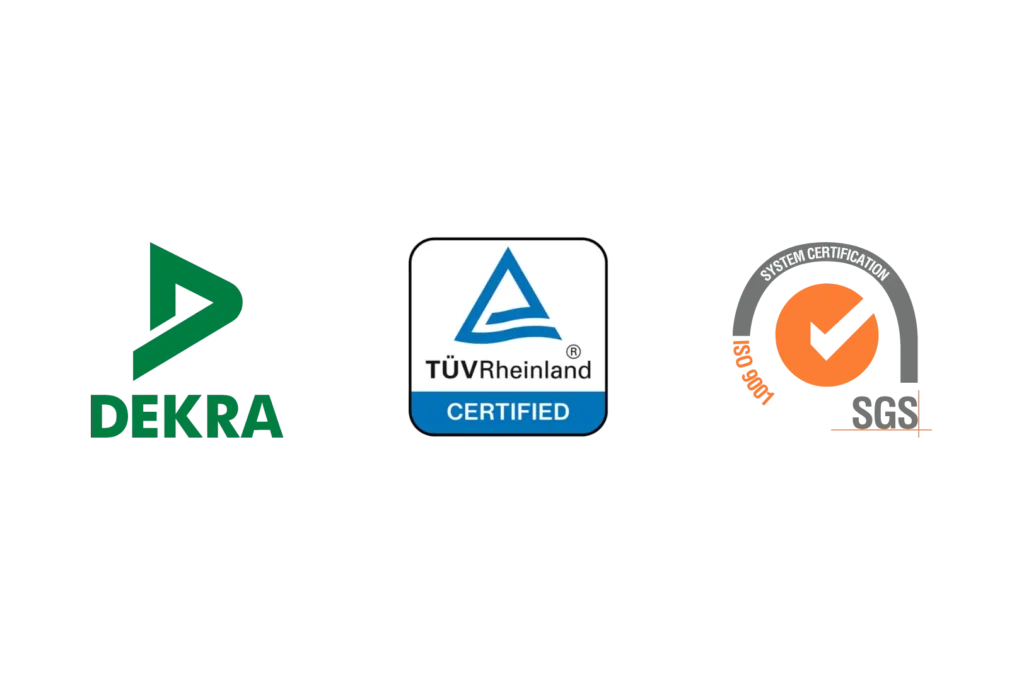

Conclusion
Product certification is essential for many types of products in order for them to be legally sold on the market. Products must meet certain criteria established by EU regulations or other governmental agencies in order to receive a certification mark. These include passing tests administered by accredited third-party testing laboratories as well as obtaining approval from independent organizations known as Notified Bodies. Ultimately, taking these steps will ensure that your product meets safety requirements while providing customers with peace of mind when making their purchase decisions. We at ManGo know how all the ins and outs of product certification and can fully assist our clients with this process.
More information
Want to find out which regulations apply to your product and how the certification is to be undertaken? Contact us by phone, our online form or send an e-mail to: